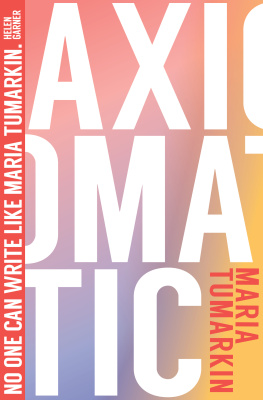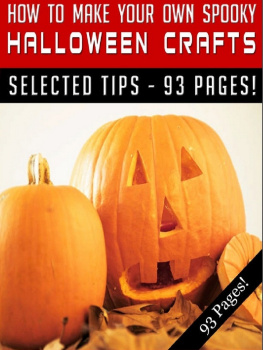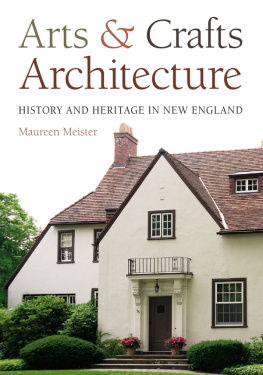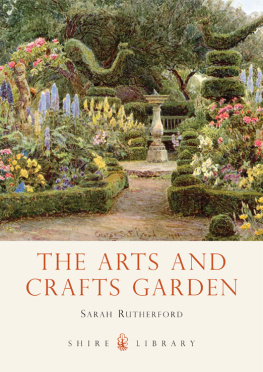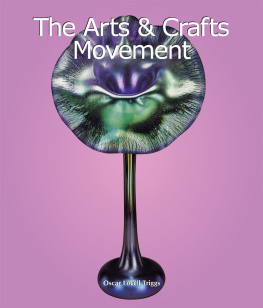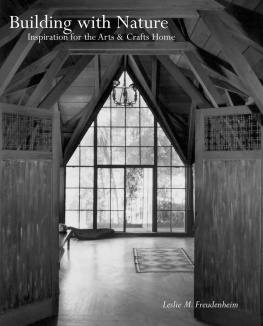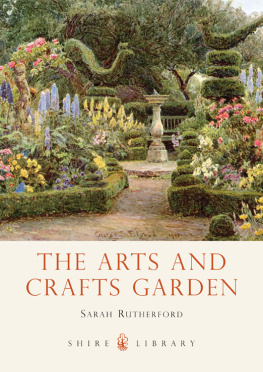MELBOURNE UNIVERSITY PRESS
An imprint of Melbourne University Publishing Ltd (MUP Ltd)
187 Grattan Street, Carlton, Victoria 3053, Australia
www.mup.com.au
First published 2005
Text Maria Tumarkin, 2005
Design and typography Melbourne University Publishing Ltd 2005
This book is copyright. Apart from any use permitted under the Copyright Act 1968 and subsequent amendments, no part may be reproduced, stored in a retrieval system or transmitted by any means or process whatsoever without the prior written permission of the publishers.
Designed by Andrew Budge, Designland
Typeset in Malaysia by Syarikat Seng Teik Sdn. Bhd.
Printed in Australia by McPhersons Printing Group
National Library of Australia Cataloguing-in-Publication entry
Tumarkin, Maria M.
Traumascapes.
Bibliography.
Includes index.
ISBN 0 522 85177 0.
1. Violent deaths. 2. Terrorism. 3. Natural disasters. I. Title.
355.00994
Publication of this work was assisted by a publication grant from the University of Melbourne.
CONTENTS
+ + +
To my daughter and my father
ACKNOWLEDGEMENTS
+ + +
F IRST OF ALL , I want to thank people in Sarajevo, Moscow, Bali, Berlin, New York, Shanksville and Port Arthur who trusted me with their stories and to whom I bear the ultimate responsibility for the integrity of this work.
Specifically, I want to acknowledge (in alphabetical order) Peter Adams, Haji Agus Bambang, Michelle Bradley, Dallas Finn, Frau Friedland, Gloria Goodwin, Suada Kapi, Tatyana Karpova, Mark Merman, James and Trish Parker, Alexey Porshnev, Dr Darma Putra, Margaret Scott, Mevlida Serdarevi, Dmitry Shalganov, Ljiljana Sulenti, Ketut Suwiga and Marie Voul. You all treated a total stranger with boundless generosity, openness and respect. I also want to thank my friend, photographer Sibylle Sdrojek, for coming with me to Berlin to help with research and to photograph her home city for this book (see pages 123, 199, 204, 205, 207, 208, 216, 226).
Phillipa McGuinness was the first to believe and make me believe that what I had was a book; this publication owes a great deal to her. Chris Healy from the University of Melbourne and Debbie Rose from the Australian National University sustained my confidence in my abilities as a thinker and a writer. So often it was their intelligence, integrity and warmth that kept this project going. The head of Melbourne University Publishing Louise Adler and my editor Sybil Nolan took the text from a messy, over-ambitious and, in places, unreadable manuscript to a book I am proud of. With respect and uncanny intelligence they pushed and stirred me just the right amount, in the process never asking me to compromise on my vision, sensibility or voice.
I have received intellectual support of the highest caliber from Dr Tony Birch, Julie Elkner, Professor Kenneth Foote, Professor Brian Ladd, Greg Lehman, Professor Edward Linenthal, Dr Freya Mathews and Dr Katrina Shlunke. I would like to acknowledge the support of the Australian Centre at the University of Melbourne in helping me obtain the publication grant that made an important difference to this project. I have also received invaluable assistance from Charles Fox, Susan Hankinson, Aili McConnon and Leah Smith. Thank you to Sally Moss of Context Editorial for her work on the manuscript.
I owe a special debt of gratitude to people who have so generously allowed me to include their images in this book. Thank you Peter Adams (page 210), David Finn (page 81), Kate Hartig (page 78), Carl F. McDaniel (pages 171, 177), Roger M. Richards (page 154), Glenn Ruga (page 89), Dmitry Shalganov (page 108), Cathy Sudharsana (pages 60, 63) and Frank Ward (page 98). All other images are my own photography, except those on pages 2 and 184, which are reprinted courtesy of (respectively) the Cathedral of Christ the Saviour and Allport Library and Museum of Fine Arts, State Library of Tasmania.
I am deeply grateful to authors Toni Morrison and Eleanor Wilner for permission to quote their poems in this book. Excerpts from two poems by Eleanor WilnerTrmmerfrauen (page 177) and Up Against It (page 197)are from Eleanor Wilner, Reversing the Spell: New and Selected Poems (Port Townsend, Washington: Copper Canyon Press, 1997), reprinted with the permission of Copper Canyon Press, www.coppercanyonpress.org . The excerpt from Toni Morrisons poem The Dead of September 11 (pages 1689) is reprinted with the authors permission.
Most importantly, I would like to thank my parents Marian and Svetlana Tumarkin and my auntie Linawise, funny, infinitely patientwho bore the burden of this book, providing me with the level and continuity of care not even every newborn is lucky to find these days. A special thank you to the wisest and the most patient of them all: my daughter Billie, who spent a year watching her mother pack and unpack suitcases and, when at home, disappear yet again in La-la Land in front of a computer screen. I also would like to thank my sister Inna, who taught me by example what genuine dedication smells like and who is the most brilliant and the hardest working artist I know.
I would like to thank my dear friends who helped me with this book. Yet again in alphabetical order, thank you to Perrie Ballantyne, Tahir Cambis, Edward Dulitsky, Valentyna Fadyeyeva, Rachel Hughes, Larissa Ishenko, Natalia Ivanova, Valerie Kabov, Bakhyt Kenzheev, Marina Khait, Ekaterina and Pyotr Margolis, Faye Maxwell, Inna Mitelman, Oleg Petrovsky, Vera Selezneva, Sabina Sestigiani, Irina Shainsky, as well as Yelena and Pavel Topnikov. Finally, I want to thank Tymon Matyschko for keeping me sane in the last and most difficult stages of this project.
INTRODUCTION
+ + +
THIS BOOK EXISTS BECAUSE OF ONE STORY . It began in the 1930s in the former Soviet Unionthe country where I was born and which, in the briefest of life histories, I have managed both to leave and to outlive. I will scratch only the surface of this story, which spans centuries and can call forth (to those who are interested) thick, layered histories of spirituality, grief and empire building as well as Russias new and old money.
On the morning of 5 December 1931, on the direct orders of Stalins Government, and as thousands of Muscovites watched, the Cathedral of Christ the Saviour was destroyed by a series of bomb explosions, the planned demolition taking close to an hour because the structure stubbornly refused to collapse. The explosions, so the persistent rumours tell us, were accompanied by one of the top officials exclaiming Lets lift up the skirt of old Mother-Russia! The destruction of the church, a few hundred metres up the Moskva River from the Kremlin (Stalin could see the cathedral from the window of his Cabinet) is to this day perceived as one of the bleakest hours in Russian spiritual history. An extraordinary and widely revered structure designed to immortalise Russias 1812 victory over Napoleon, the temple, built in the form of a Greek cross, stood a hundred metres high and covered an area of over 6780 square metres.

The destruction of the central cupola of the Cathedral of Christ the Saviour, Moscow
In its place, rising out of the cathedrals rubble, the Soviet Government planned to erect the Palace of Soviets, the highest and biggest building in the world. At over four hundred metres high, and strong enough to support on its roof a gigantic standing figure of Lenin to be visible kilometres from Moscow, the Palace of Soviets was meant to expunge completely the former glory of Christ the Savioura glory that personified the depth as well as the scale of Russias historical devotion to monarchy and Orthodox Christianity alike. The height and size of both the palace and its crowning statue had no precedentin one account Lenins head itself, a small detail, was supposed to be larger than a five-storey house.


